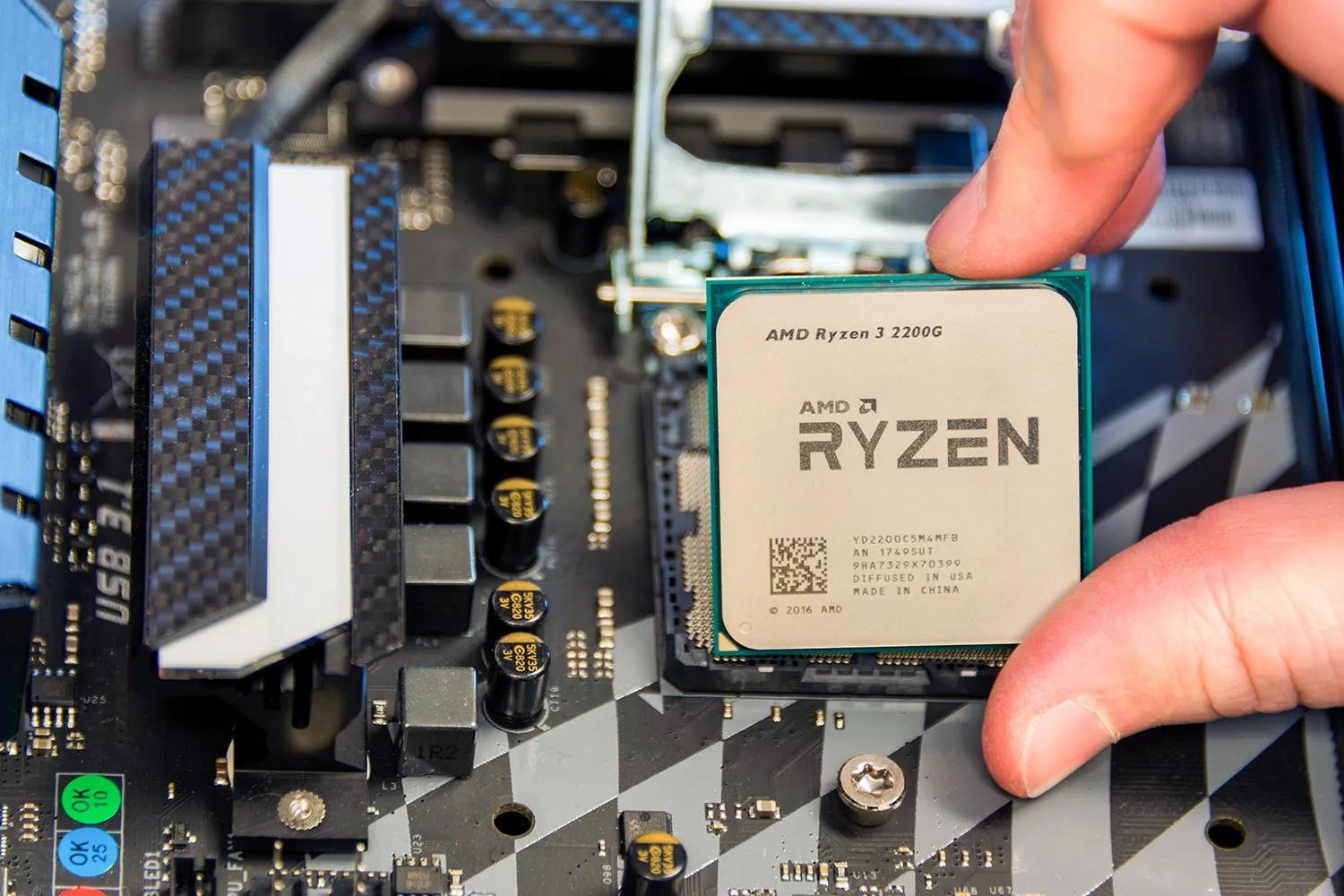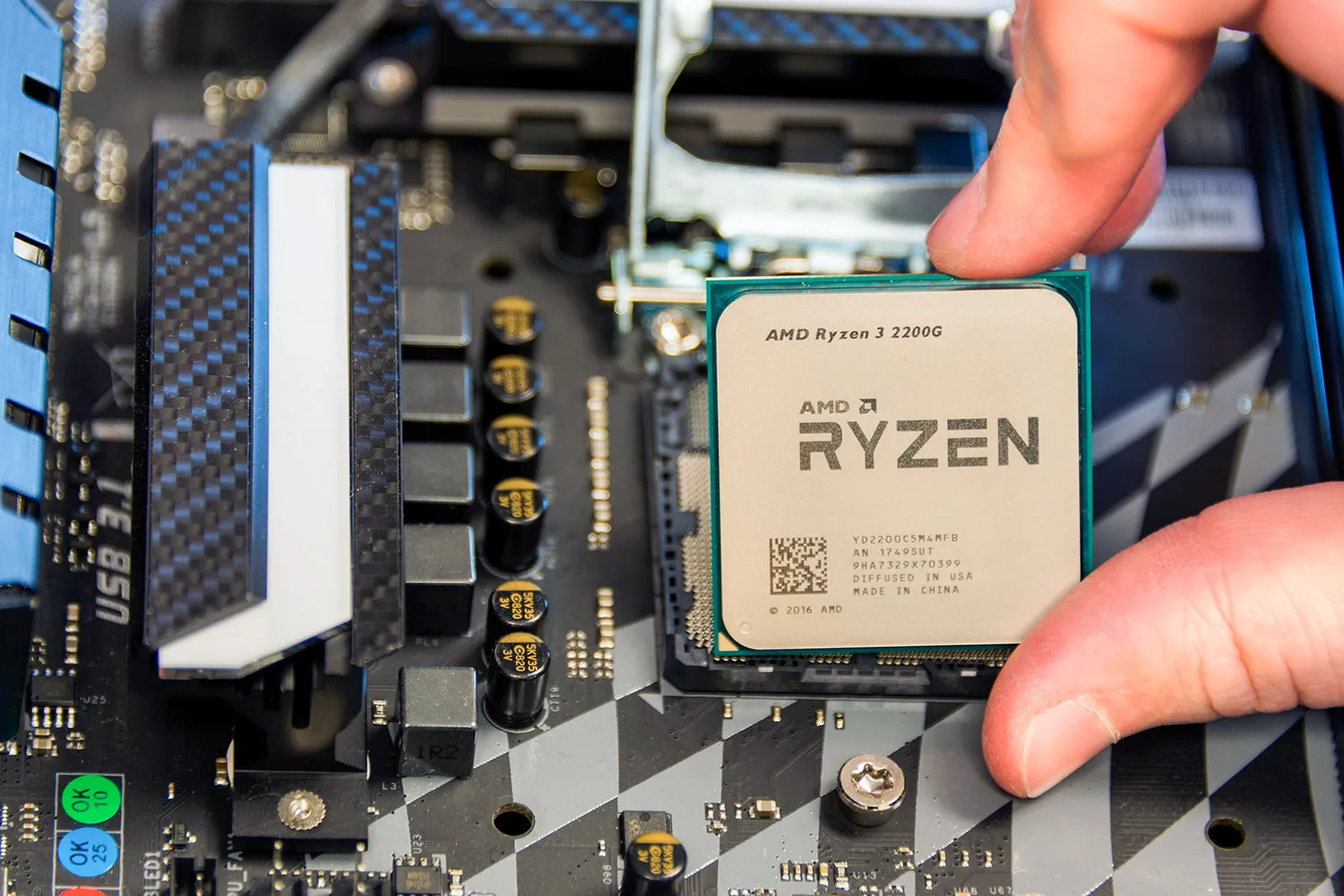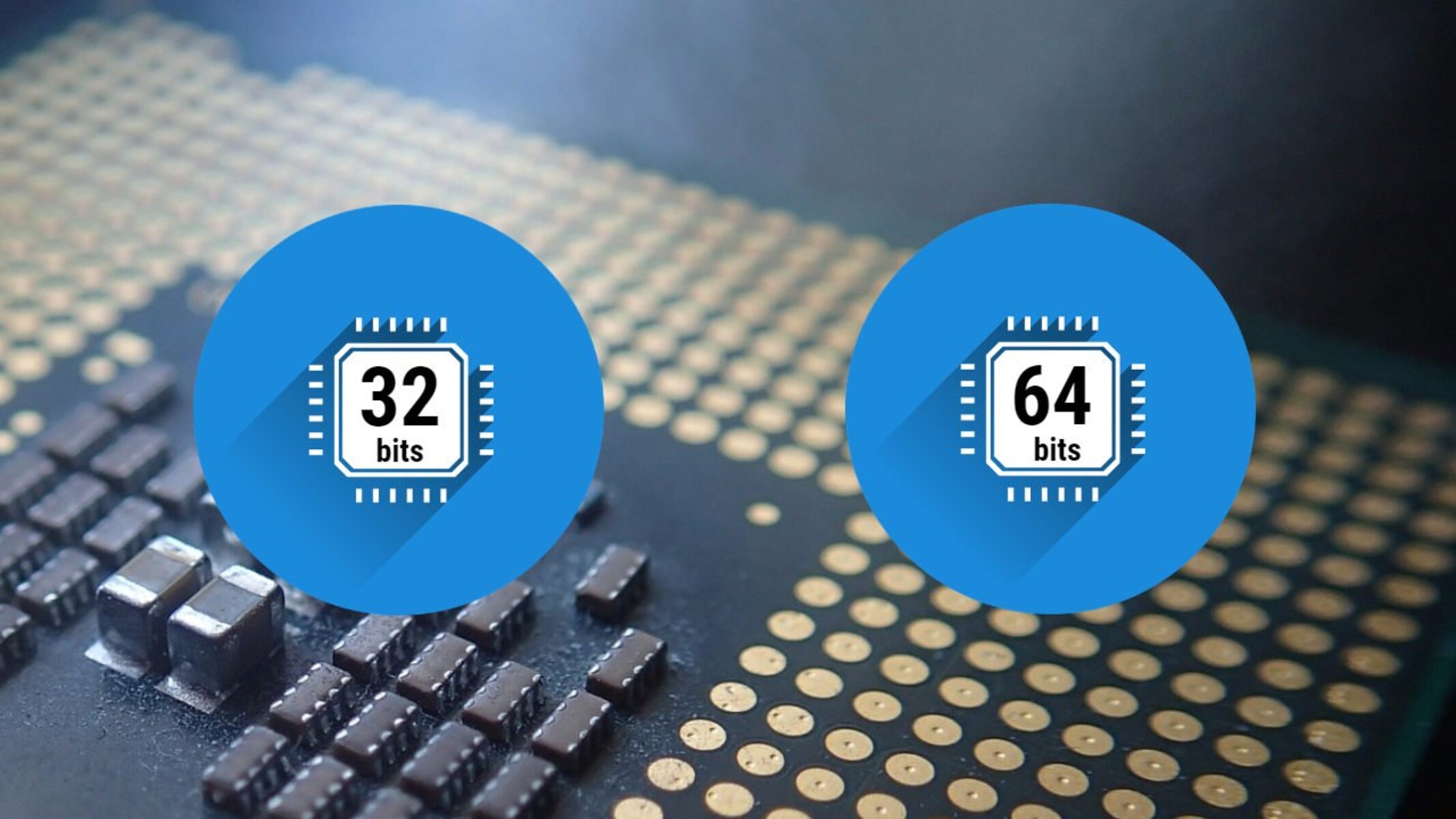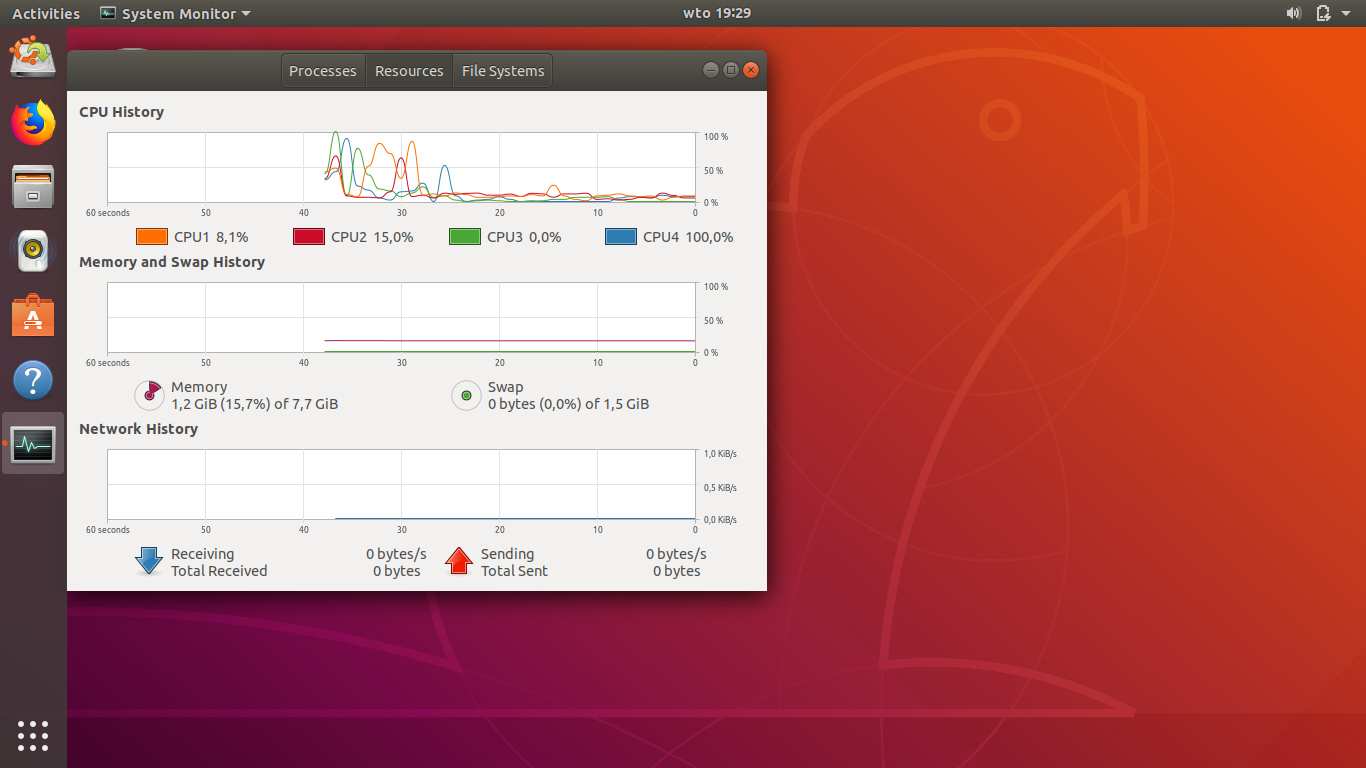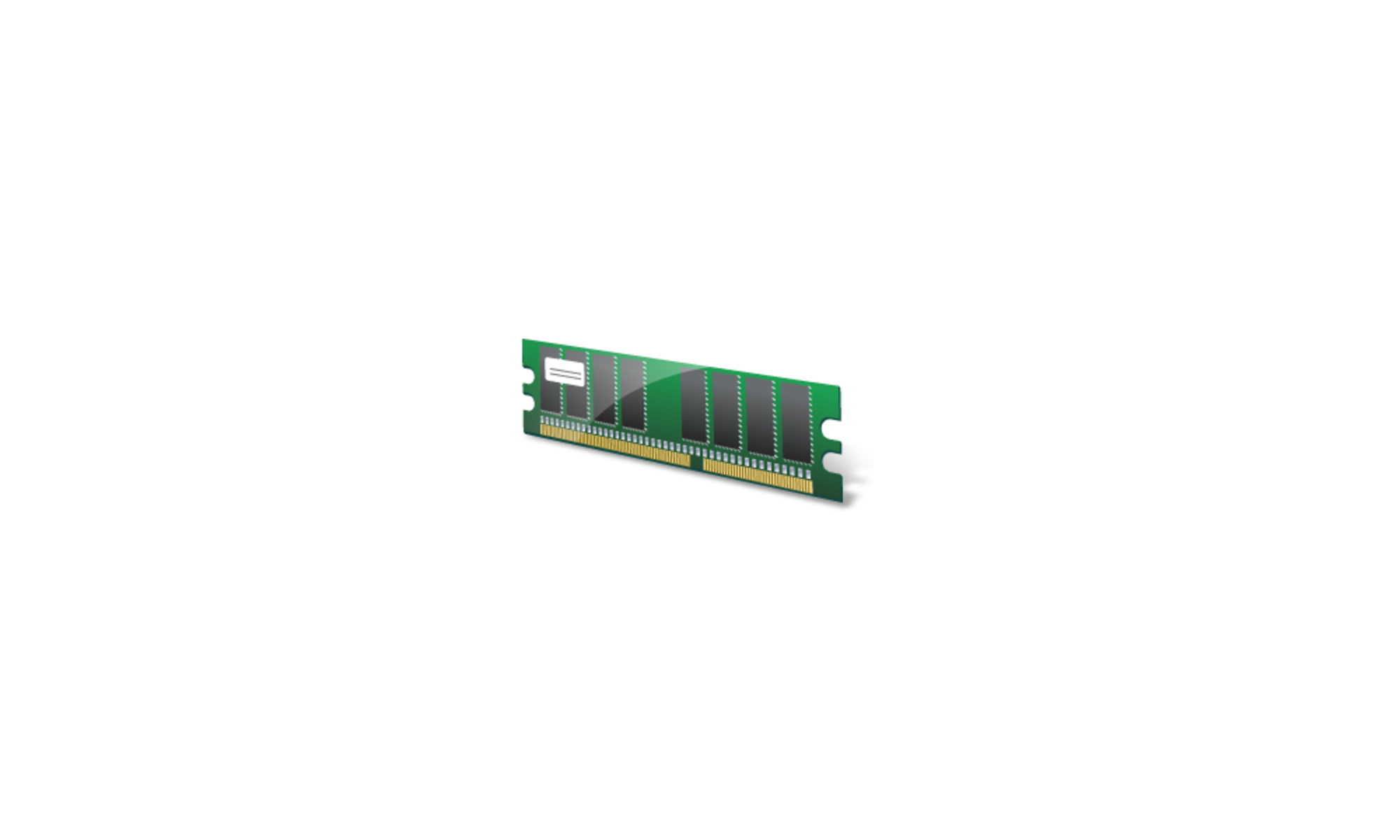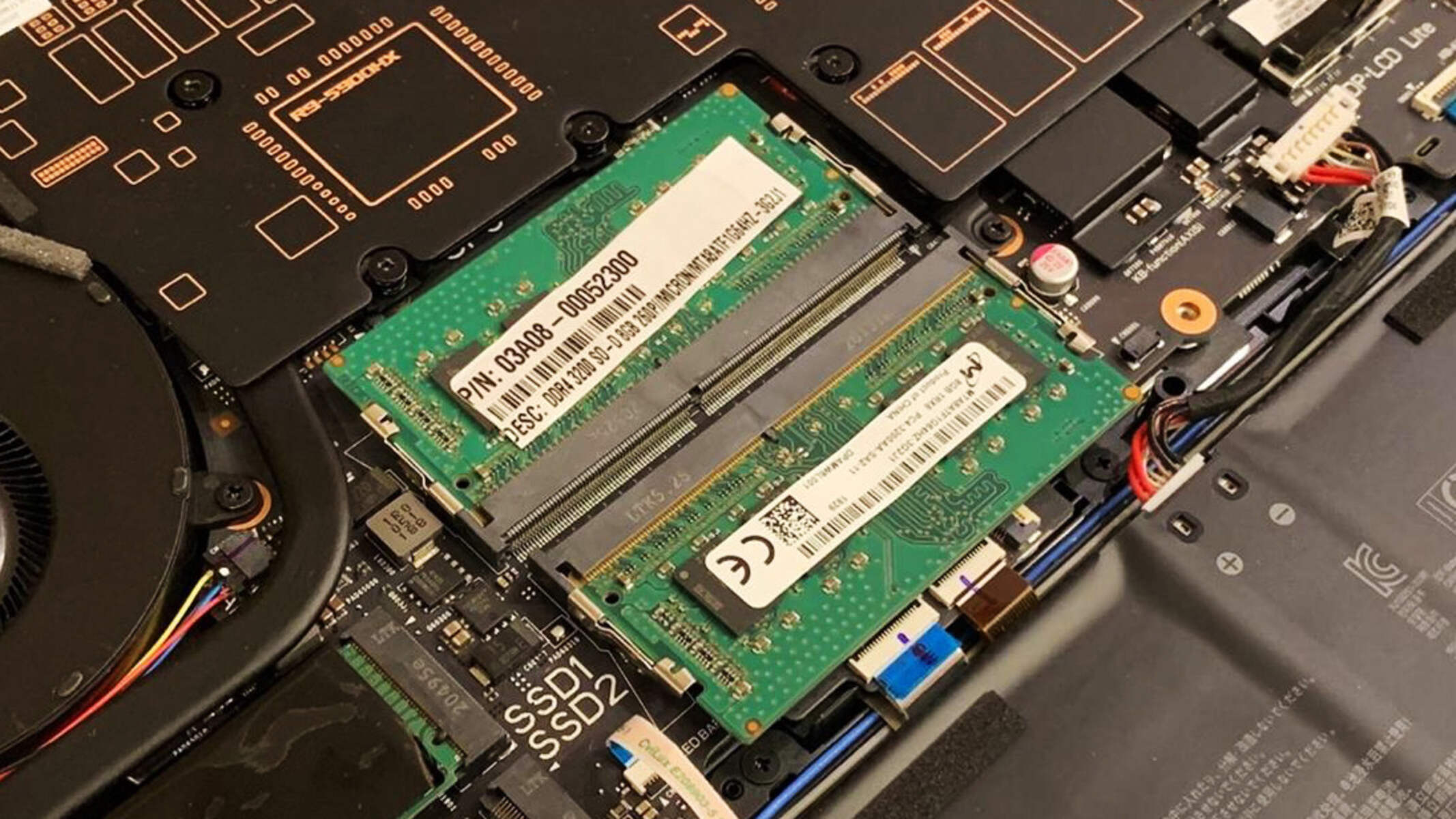Introduction
Welcome to the world of 64-bit processors and their fascinating capabilities. In today’s rapidly evolving technological landscape, processors have become more powerful and efficient than ever before. A key feature of modern processors is their ability to address and utilize vast amounts of Random Access Memory (RAM).
But you might be wondering, just how much RAM can a 64-bit processor address? And why is this important? Understanding the limitations and capabilities of a 64-bit processor’s memory addressing is crucial for various computing tasks, such as gaming, video editing, and running resource-intensive applications.
In this article, we will unravel the intricacies of 64-bit processors and delve into the fascinating world of RAM addressing. We will explore how these processors work, how they utilize memory, and the maximum amount of RAM they can address. So, fasten your seatbelts and get ready for a deep dive into the world of 64-bit processors and RAM limits!
What is a 64-bit processor?
Before we dive into the intricacies of RAM addressing, let’s first understand what a 64-bit processor is. In the world of computer architecture, the term “64-bit” refers to the size of the processor’s memory addresses. A 64-bit processor can handle memory addresses that are 64 bits in length, allowing it to address a significantly larger amount of memory compared to its 32-bit counterpart.
What does this mean in practical terms? Well, a larger memory address size allows a processor to access and utilize more RAM, which in turn enables it to handle more data and perform more complex calculations. This translates into faster and more efficient performance for a wide range of computing tasks.
It’s important to note that the distinction between 32-bit and 64-bit processors goes beyond just the memory addressing. A 64-bit processor also supports larger data buses, which allows for faster data transfer between the processor and other system components. Additionally, 64-bit processors are designed to handle 64-bit software, which can take full advantage of the processor’s capabilities.
In recent years, 64-bit processors have become increasingly prevalent in the consumer market. Most modern desktop and laptop computers, as well as mobile devices, are equipped with 64-bit processors. This shift towards 64-bit architecture has paved the way for more advanced and resource-intensive applications, making them more accessible to the average user.
Now that we have a basic understanding of what a 64-bit processor is, let’s explore how these processors handle memory addressing and the maximum amount of RAM they can support.
How does RAM addressing work in a 64-bit processor?
To understand how RAM addressing works in a 64-bit processor, let’s start with a brief overview of memory addressing in general. RAM, or Random Access Memory, is the temporary storage space that a computer uses to hold data and instructions that are actively being processed. Each byte of RAM is assigned a unique address, which allows the processor to quickly retrieve or modify the data stored in that location.
In a 64-bit processor, the memory addresses are 64 bits long. This means that the processor can theoretically address up to 2^64 individual bytes of RAM, which is an astronomical number. To put it into perspective, this translates to over 18 quintillion bytes or 18 billion gigabytes of RAM!
However, it’s important to note that the maximum amount of RAM a 64-bit processor can address is limited by several factors, including the specific architecture of the processor and the operating system it is running on. For example, older versions of Windows, such as 32-bit versions, have a maximum RAM limit of 4 gigabytes, regardless of the processor’s capabilities.
Furthermore, not all 64-bit processors are created equal in terms of their memory addressing capabilities. Some processors have limitations that prevent them from fully utilizing the entire 64-bit address space. These limitations can be imposed by hardware constraints, such as the number of physical address pins on the processor, or by software restrictions imposed by the operating system.
When it comes to practical usage, the amount of RAM that a 64-bit processor can effectively address and utilize is typically dependent on the limitations set by the operating system. Most modern operating systems, such as Windows 10 or macOS, support extremely large RAM capacities, often in the terabyte range. This allows 64-bit processors to take full advantage of their addressing capabilities and provide optimal performance for memory-intensive tasks.
So, while a 64-bit processor technically has a massive theoretical limit on RAM addressing, the practical limit is determined by a combination of hardware and software factors. It’s important to consult the specifications and guidelines of your specific processor and operating system to determine the maximum amount of RAM that can be effectively utilized.
The maximum RAM capacity of a 64-bit processor
When it comes to the maximum RAM capacity of a 64-bit processor, the answer can vary depending on multiple factors, including the specific processor architecture and the limitations imposed by the operating system. As mentioned earlier, a 64-bit processor theoretically has the ability to address an astronomical amount of memory, up to 2^64 individual bytes.
However, it’s crucial to understand that the practical maximum RAM capacity is often constrained by the limitations imposed by the operating system. For example, older versions of Windows, such as the 32-bit editions, are limited to a maximum RAM capacity of 4 gigabytes (GB). Even if you have a 64-bit processor, running a 32-bit operating system will restrict the amount of RAM you can effectively utilize.
Modern operating systems, on the other hand, have much larger RAM capacities. Windows 10, for example, allows for a maximum RAM capacity of up to 128 GB for home editions, and a staggering 2 terabytes (TB) for the professional and enterprise editions. Similarly, macOS can support up to 18.4 million terabytes of RAM, providing an immense range of memory capacity for 64-bit processors.
It’s worth noting, however, that the actual RAM capacity you can install and utilize might be lower than the maximum supported by the operating system. This can be due to factors such as the physical limitations of your motherboard, the number of RAM slots available, or the cost and availability of high-capacity RAM modules.
Additionally, not all processors within the 64-bit category offer the same maximum RAM capacity. Some processors designed for low-power devices or entry-level systems might have limitations on the amount of RAM they can effectively support. It’s essential to consult the specifications of your specific processor to determine its maximum supported RAM capacity.
In summary, the maximum RAM capacity of a 64-bit processor is dependent on multiple factors, including the limitations imposed by the operating system and the specific processor architecture. While the theoretical limit is massive, the practical limit is dictated by a combination of hardware constraints, operating system capabilities, and other physical limitations. It’s important to consider these factors when determining the maximum RAM capacity for your system.
Factors that limit the amount of RAM a 64-bit processor can address
While a 64-bit processor has the potential to address an immense amount of RAM, several factors can limit the actual amount that a processor can effectively utilize. These factors include:
- Operating System Limitations: The maximum RAM capacity is often dictated by the operating system. Older 32-bit versions of operating systems have inherent limitations that restrict the RAM capacity to 4 gigabytes (GB). However, modern operating systems, such as Windows 10 or macOS, can support significantly larger RAM capacities, allowing for optimal utilization of 64-bit processors.
- Hardware Constraints: The physical architecture of the processor and the motherboard can impose limitations on the maximum RAM capacity. For example, the number of physical RAM slots available and the capacity of each slot can affect the overall memory capacity of the system. Additionally, some processors designed for low-power devices might have lower memory addressing capabilities compared to higher-end processors.
- Cost and Availability of High-capacity Modules: The cost and availability of high-capacity RAM modules can also influence the maximum RAM capacity. Higher capacity modules, such as 32GB or 64GB, tend to be more expensive, making them less accessible for average users. Additionally, certain older motherboards might not support the latest and largest RAM modules, further limiting the achievable RAM capacity.
- Software Constraints: Although rare, certain software applications or drivers might impose limitations on the maximum supported RAM capacity. This is particularly relevant for niche or specialized software that might not be optimized for large memory configurations. Checking the compatibility and requirements of such software is essential to ensure smooth functionality.
It’s important to note that the limitations discussed above are not inherent to the 64-bit architecture itself. Rather, they are factors that can impact the actual usable RAM capacity in a given system. By considering these factors and ensuring compatibility between the processor, motherboard, and operating system, you can maximize the RAM capacity and optimize system performance.
Conclusion
In conclusion, 64-bit processors have revolutionized computing by enabling larger memory addressing capabilities, leading to improved performance and the ability to handle more complex tasks. These processors can theoretically address an enormous amount of RAM, up to 2^64 individual bytes, which is an astronomical number.
However, the practical maximum RAM capacity of a 64-bit processor is determined by several factors, including the limitations imposed by the operating system, hardware constraints, the cost and availability of high-capacity RAM modules, and potential software constraints. It’s crucial to consider these factors when determining the maximum amount of RAM that can be effectively utilized in a given system.
Modern operating systems, such as Windows 10 and macOS, have significantly larger RAM capacity limits, allowing for terabytes of memory to be utilized by 64-bit processors. However, the physical constraints of the motherboard, the availability of high-capacity RAM modules, and specific software requirements may further limit the actual RAM capacity achievable in a system.
Understanding and evaluating these factors is essential when configuring a system or considering RAM upgrades. By ensuring compatibility between the processor, motherboard, and operating system, as well as taking into account hardware and software limitations, you can maximize the RAM capacity and optimize the performance of your 64-bit processor.
As technology continues to advance, it’s exciting to see the potential for even larger RAM capacities and more robust computing capabilities. 64-bit processors have paved the way for new possibilities in memory-intensive applications, delivering faster and more efficient performance than ever before.
So, whether you’re a gamer, a content creator, or simply someone who demands a high-performance computing experience, understanding the RAM addressing capabilities of a 64-bit processor is crucial for unlocking the full potential of your system.







